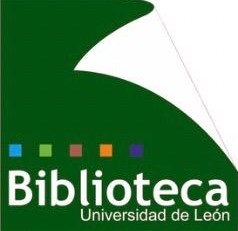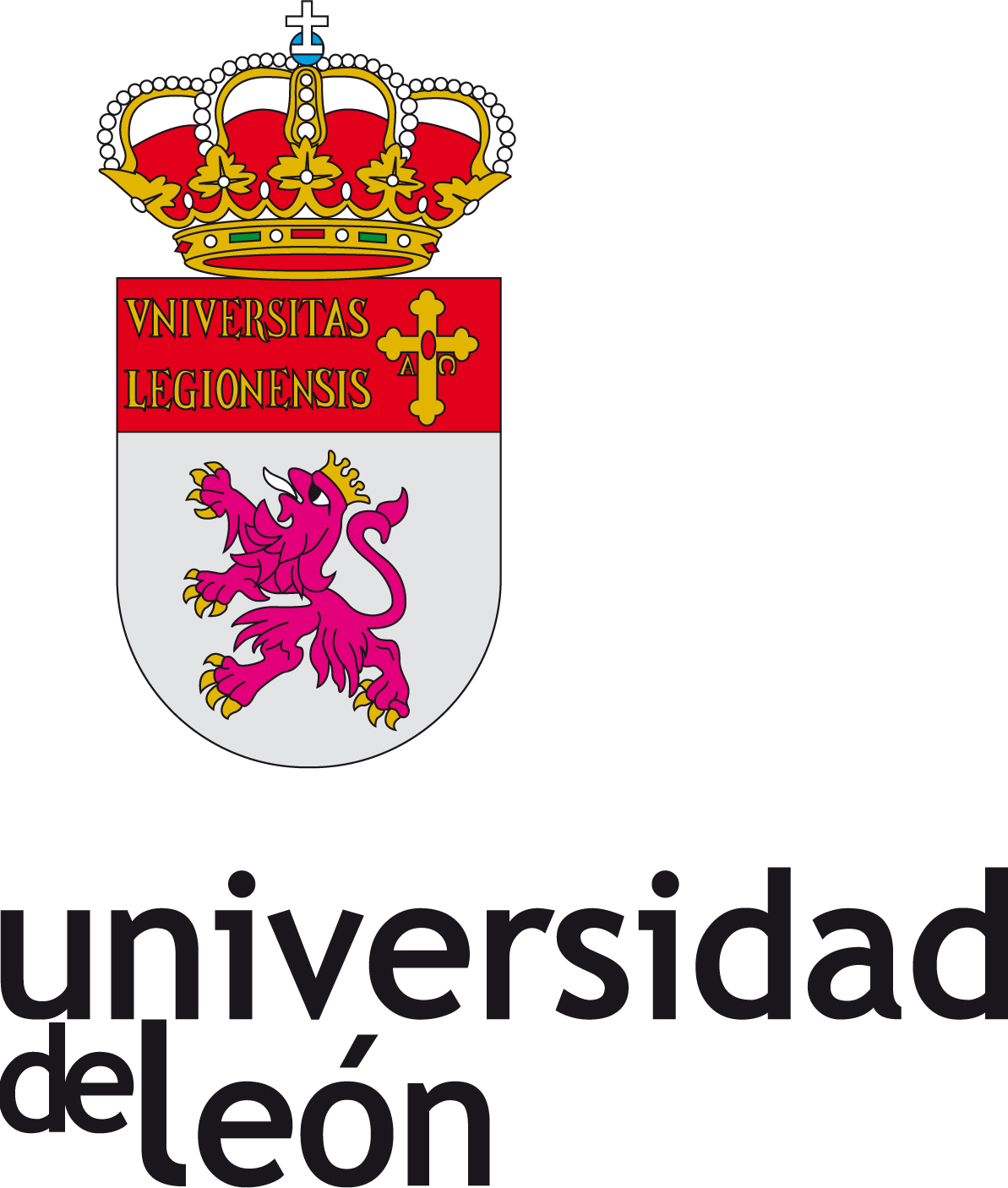Compartir
Título
Multiple Endmember Spectral Mixture Analysis (MESMA) Applied to the Study of Habitat Diversity in the Fine-Grained Landscapes of the Cantabrian Mountains
Autor
Facultad/Centro
Área de conocimiento
Título de la revista
Remote Sensing
Número de la revista
979
Editor
MDPI
Fecha
2021-03-04
ISSN
2072-4292
Abstract
Heterogeneous and patchy landscapes where vegetation and abiotic factors vary at small spatial scale (fine-grained landscapes) represent a challenge for habitat diversity mapping using remote sensing imagery. In this context, techniques of spectral mixture analysis may have an advantage over traditional methods of land cover classification because they allow to decompose the
spectral signature of a mixed pixel into several endmembers and their respective abundances. In this work, we present the application of Multiple Endmember Spectral Mixture Analysis (MESMA) to quantify habitat diversity and assess the compositional turnover at different spatial scales in the fine-grained landscapes of the Cantabrian Mountains (northwestern Iberian Peninsula). A Landsat-8 OLI scene and high-resolution orthophotographs (25 cm) were used to build a region-specific spectral library of the main types of habitats in this region (arboreal vegetation; shrubby vegetation; herbaceous vegetation; rocks–soil and water bodies). We optimized the spectral library with the Iterative Endmember Selection (IES) method and we applied MESMA to unmix the Landsat scene into five fraction images representing the five defined habitats (root mean square error, RMSE 0.025
in 99.45% of the pixels). The fraction images were validated by linear regressions using 250 reference plots from the orthophotographs and then used to calculate habitat diversity at the pixel ( -diversity: 30 30 m), landscape (-diversity: 1 1 km) and regional ("-diversity: 110 33 km) scales and thecompositional turnover ( - and -diversity) according to Simpson’s diversity index. Richness and evenness were also computed. Results showed that fraction images were highly related to reference
data (R2 0.73 and RMSE 0.18). In general, our findings indicated that habitat diversity was highly dependent on the spatial scale, with values for the Simpson index ranging from 0.20 0.22 for -diversity to 0.60 0.09 for -diversity and 0.72 0.11 for "-diversity. Accordingly, we found -diversity to be higher than -diversity. This work contributes to advance in the estimation of
ecological diversity in complex landscapes, showing the potential of MESMA to quantify habitat diversity in a comprehensive way using Landsat imagery
Materia
Palabras clave
Peer review
SI
URI
DOI
Versión del editor
Editorial
MDPI
Derechos de autor
CC BY
Collections
- Untitled [5567]
Files in this item
Tamaño:
4.188
xmlui.dri2xhtml.METS-1.0.size-megabytes
Formato:
Adobe PDF
Descripción:
Artículo principal














